There are more than one million empty graves in the United States; graves with inscribed head stones or metal markers, but with neither a casket, a body, nor even an urn with ashes inside. You probably don't know the explanation for this strange phenomenon. July 16, 2003 will mark the fourth anniversary of the tragic deaths of John F. Kennedy, Jr., Carolyn Bessette Kennedy, and Lauren Bessette. A few weeks after the plane crash there was a memorial ceremony and their ashes were "buried at sea." That event can help us explain the empty graves. At the time of that memorial we were involved in many radio interviews relevant to our books on grief and recovery. In the interviews we were repeatedly asked about two topics by both show hosts and the listening public.
The first question was about why people are so emotionally affected by the death of someone they did not actually know. To that question, our answer was that when a famous person dies, he or she is often someone we loved or admired, which is why we are so affected. The fact is, we did "know" them, we just had never met them.
The second question was about cremation, and specifically about the disposal of ashes into the sea. We explained that the modern practice of spreading the ashes over the water originated in the Puget Sound, in the Pacific Northwest, and the poetic and romantic implications caused it to become popular. The idea sounds so wonderful, but it failed to take into account something that even primitive peoples had long understood. Our human relationships have at least three major aspects. They are: Physical, Emotional, and Spiritual. When someone dies, the physical bond is broken. We can no longer see our loved ones or touch them in the same way we did when they were alive. The emotional and spiritual bonds continue; they are altered by the death, but they go on.
The most enduring of human traditions are earthen burial or cremation and retention of ashes, which allow an extension of the physical connection in a manner which helps us and allows us to participate in on-going grief recovery actions in relationship to our loved one who has died. Most of us know that burial grounds are "sacred" in all cultures. The cemeteries and the columbaria, which house urns, also provide us with a find-able location and the explicit stimulus of the nearness of the body or ashes to remind us of that person who died. Even when we have completed our own grief recovery actions, we may use the grave or urn to help us share memories of that person with future generations who did not know them as we did. Thus the empty graves. After having scattered the ashes to the water or winds, people discovered that something was missing, the ability to relocate the remains. Many people, but not all, found it difficult to remember and talk about their loved ones without such a stimulus. This often becomes such a major problem that people actually purchase graves and head stones so they will have a specific location. The final resting place performs the function of linking us to the person who died, with a primary goal of assisting us in getting and staying emotionally complete with the person who died.
Many people set up the idea of scattering their ashes before they die. The request is put into instructions and even into wills. We are often asked if it is okay NOT to honor the requests of people who have died. That can be a very tricky question and we would never wish to give advice that would put anyone in conflict with a request made by a loved one prior to their death. What we do suggest is that it is perfectly acceptable to scatter most of the ashes, but retain a small amount in an urn, which should be kept in a safe place, for your benefit and for the benefit of family and friends or future generations who might want and need to feel a connection.











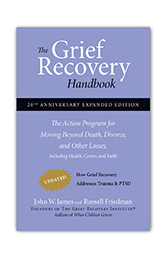
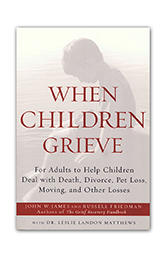
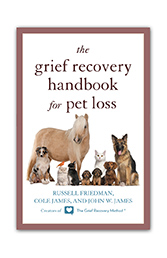
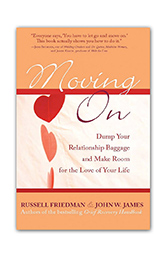
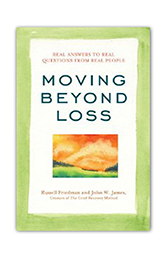


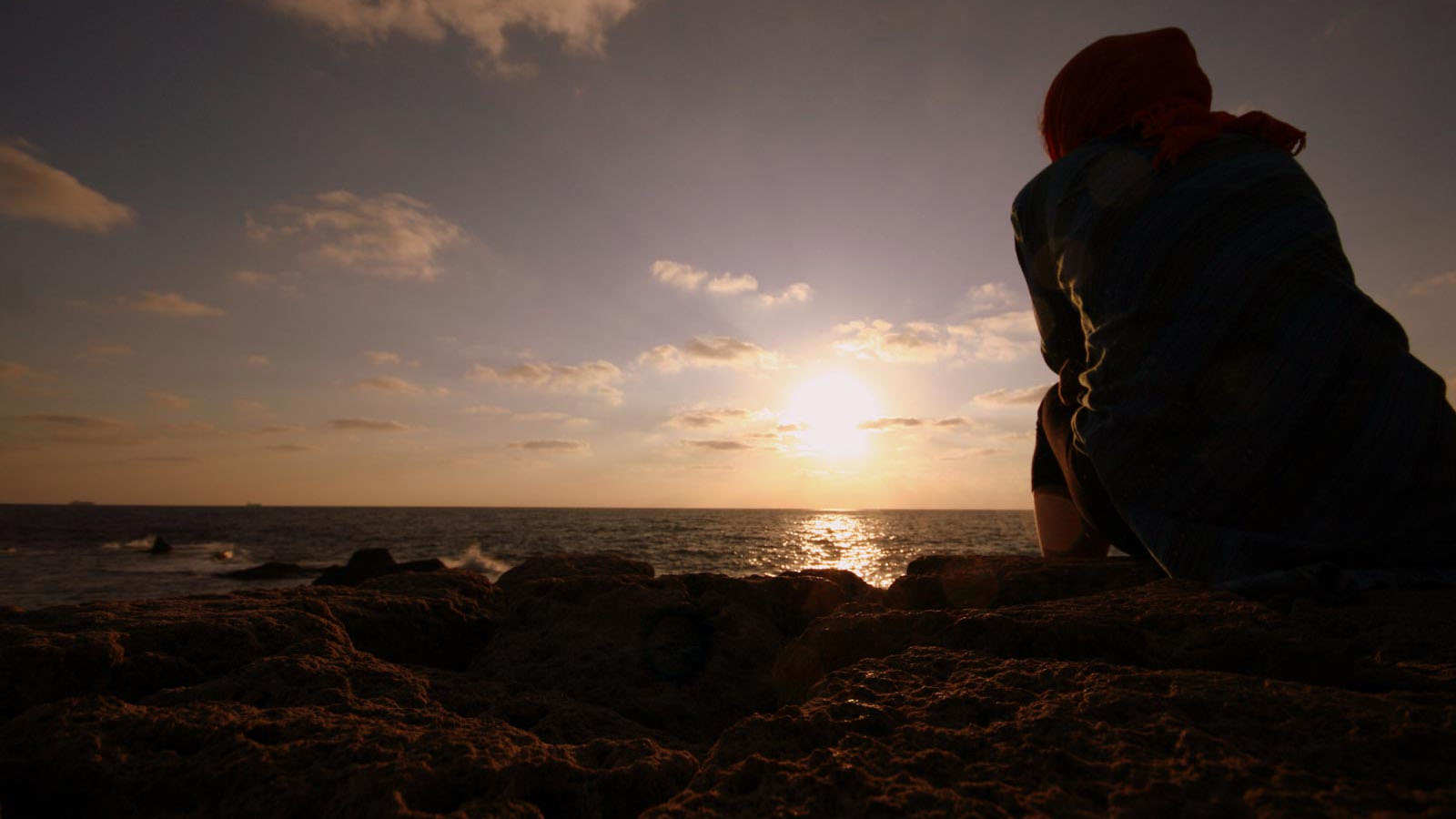
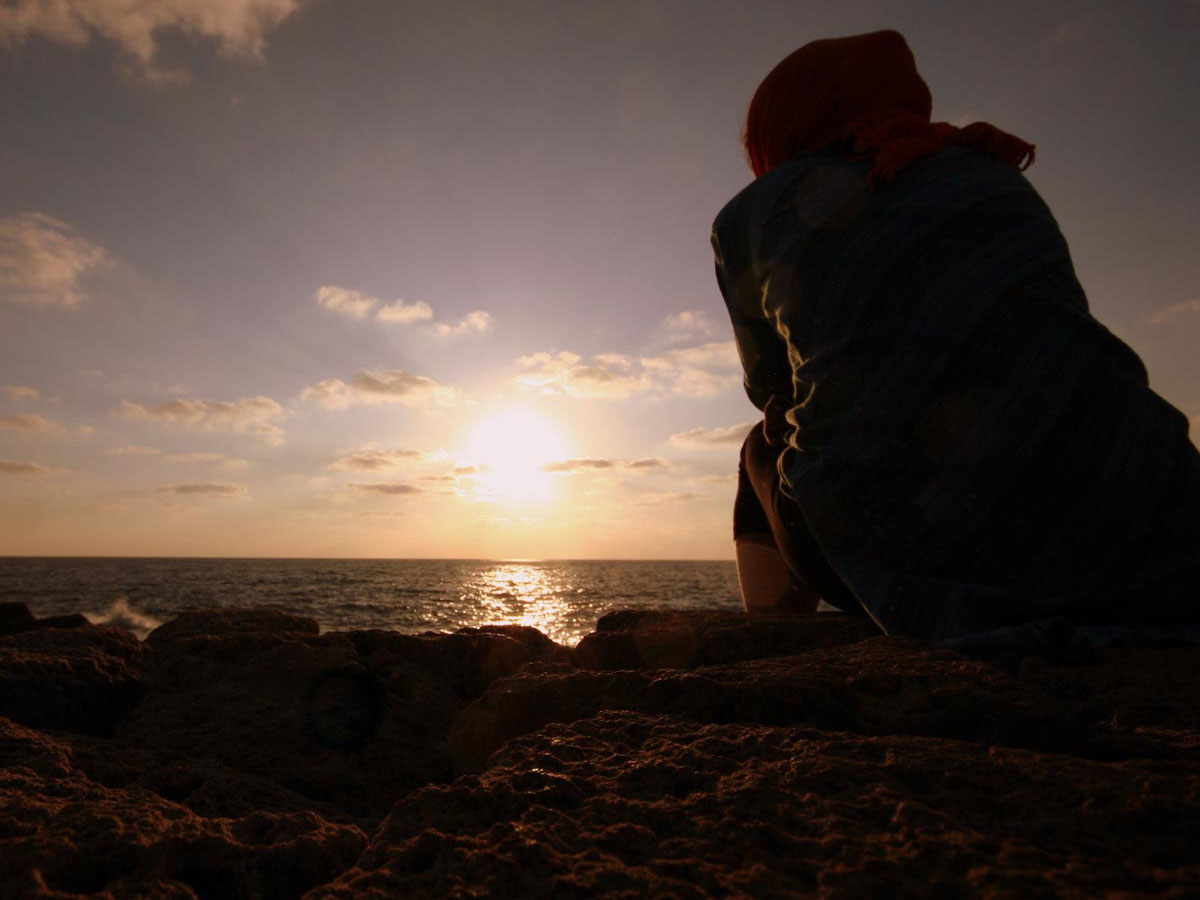


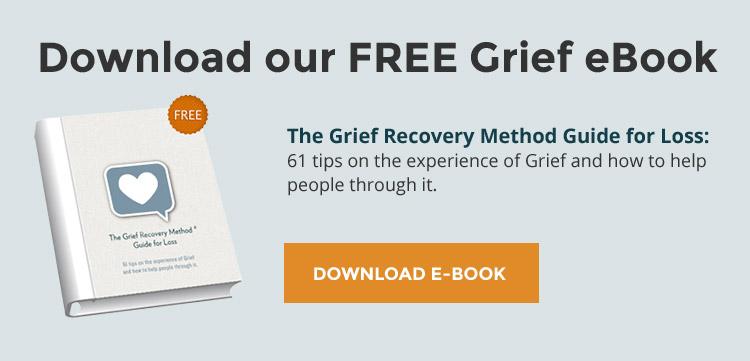
Add new comment